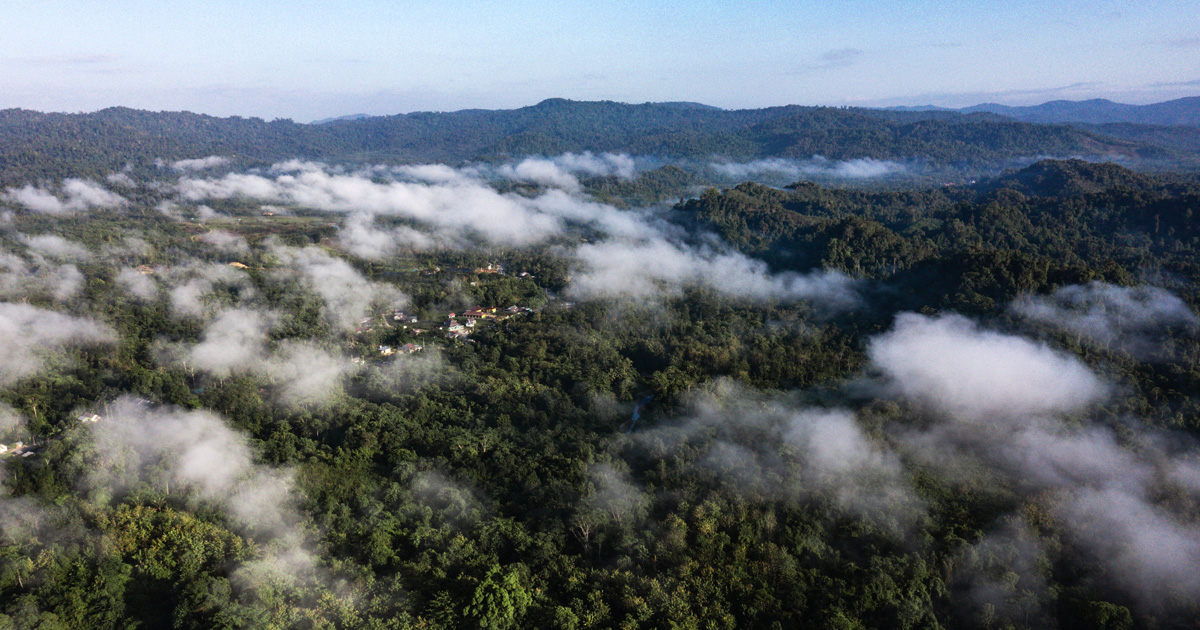Understanding farmers’ perceptions of how rainfall fluctuates and changes is crucial in anticipating the impacts of changing climate patterns, as only when a problem is perceived will appropriate steps be taken to adapt to it. This article seeks to: (1) identify southern African farmers’ perceptions of rainfall, rainfall variations, and changes; (2) examine the nature of meteorological evidence for the perceived rainfall variability and change; (3) document farmers’ responses to rainfall variability; and (4) discuss why discrepancies may occur between farmers’ perceptions and meteorological observations of rainfall. Semi-structured interviews were used to identify farmers’ perceptions of rainfall changes in Botswana and Malawi. Resulting perceptions were examined in conjunction with meteorological data to assess perceived and actual rainfall with regards to: what was changing (onset, duration or cessation), and how it was changing (amount, frequency, intensity or inter-annual variability). Most farmers perceived that the rains used to start earlier and end later. Meteorological data provided no evidence to support farmer perceptions of rainfall starting as early as September (south Malawi) or October (Botswana); however, a high inter-annual variability in the timing of the onset was observed alongside an increasing number of dry days and declining amounts of rainfall at the onset and cessation of precipitation. While some rainfall patterns are associated with El Niño-Southern Oscillation (ENSO) fluctuations and larger-scale changes, one explanation for the differences between farmer perceptions and meteorological evidence is that rainfall changes can be easily confused with changes in farming system sensitivity. Our findings suggest that scientists, policymakers, and developers of climate adaptation projects need to be more in tune with farmers' and extension workers’ understandings of how weather is changing in order to improve adaptation policy formulation and implementation.
DOI:
https://doi.org/10.1080/17565529.2012.751893
Altmetric score:
Dimensions Citation Count:























